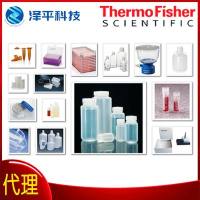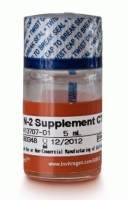Biofilms have been found to be involved in a wide variety of microbial infections in the body, by one estimate 80% of all infections. Infectious processes in which biofilms have been implicated include common problems such as urinary tract infections , catheter infections, middle-ear infections , sinusitis, formation of dental plaque , gingivitis , coating contact lenses , endocarditis , infections in cystic fibrosis , and infections of permanent indwelling devices such as joint prostheses and heart valves . Bacteria living in a biofilm usually have significantly different properties from free-floating bacteria of the same species, as the dense and protected environment of the film allows them to cooperate and interact in various ways. One benefit of this environment is increased resistance to detergents and antibiotics , as the dense extracellular matrix and the outer layer of cells protect the interior of the community. In some cases antibiotic resistance can be increased 1000-fold. Also, the biofilm bacteria excrete toxins that reversibly block important processes such as translation and protecting the cell from bactericidal antibiotics that are ineffective against inactive targets. In the head and neck area, biofilms are a major etiologic factor in periodontitis, wound infections, oral candidiasis, and sinus and ear infections. For the past several decades, photodynamic treatment has been reported in the literature to be effective in eradicating various microorganisms using different photosensitizers, different wavelengths of light, and different light sources. PDT has been further studied to demonstrate its effectiveness for the eradication of both Gram-negative and Gram-positive antibiotic-resistant bacteria. This chapter will focus on the use of PDT in the treatment of antibiotic-resistant biofilms, antibiotic-resistant wound infections, and azole-resistant oral candidiasis using methylene blue-based photodynamic therapy.






